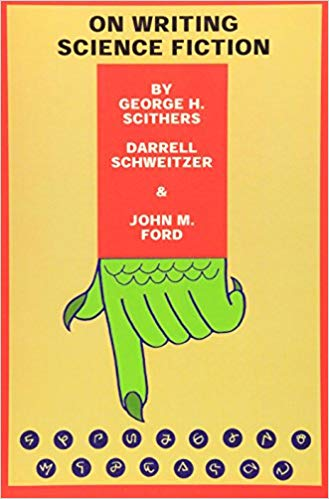Susan (Wife/Partner/Princess) is an avid and talented knitter. She’s well beyond socks and scarves. She’s knit sweaters that would keep naked Eskimos warm. She’s knit shruggs (a kind of half-shawl that’s heavy like a rug and ever so warm and toasty!) that people line up for. Some of her projects are blow offs, easy-peasy and she does them to relax. Some are challenges. She does difficult patterns to teach herself so it’ll be easier the next time.

Sometimes – and it doesn’t matter whether it’s a new, difficult pattern or one she’s knitting from memory – she’ll stop, pull her needles from the yarn and “rip out the pattern.” She holds whatever she’s knitting in one hand, grabs the hanging yarn in the other and pulls.
All the stitches come out. All that knit-one-pearl-two gone. History. Obliterated. Forever. No CTL-Z, no undo, only a…
Greetings! I’m your friendly, neighborhood Threshold Guardian. This is a protected post. Protected posts in the My Work, Marketing, and StoryCrafting categories require a subscription (starting at 1$US/month) to access. Protected posts outside those categories require a General (free) membership.
Members and Subscribers can LogIn. Non members can join. Non-protected posts (there are several) are available to everyone.
Want to learn more about why I use a subscription model? Read More ch-ch-ch-ch-Changes Enjoy!

 One of the finest pieces of horror I’ve encountered is Loren Eiseley’s “
One of the finest pieces of horror I’ve encountered is Loren Eiseley’s “